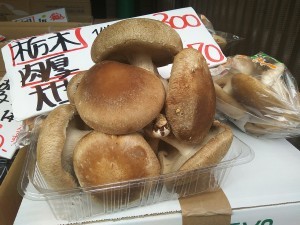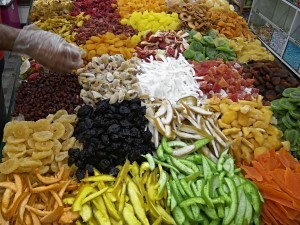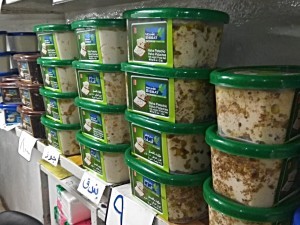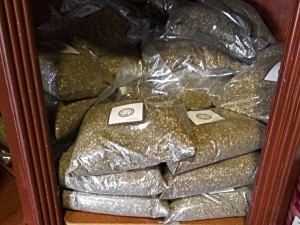EAT IN ASIA / Food destinations / Japan - japaneese food
Japanese sweets - how are they?
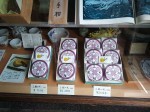


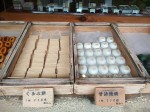
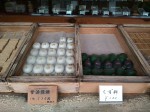
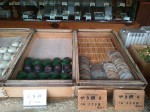
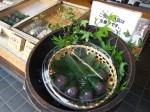
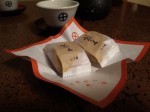

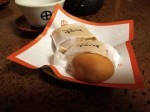
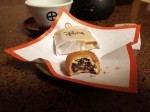
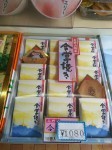
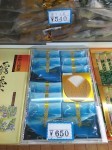
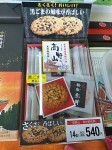
In my previous post I was writing about Japanese sweets, that are basing mainly on Azuki beans (Japanese sweets with 'anko' - Azuki sweet red bean paste). Today, I want to show you and explain some other local wagashi, that we had during our stay. And that time, don’t worry, ‘anko’ won’t be dominant! ;)
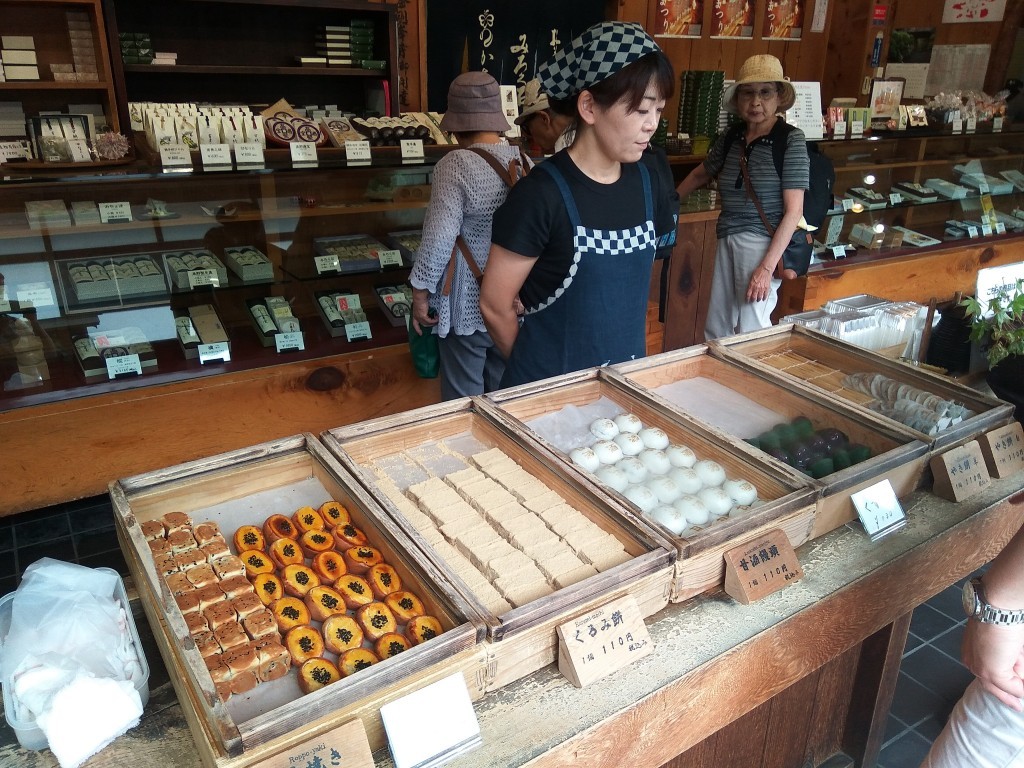
Didn’t matter whether we were in a bakery or in a supermarket, all of them were artistic, nicely presented and aesthetically packed. It was visible, that the aesthetic aspect was not only very important for main courses, but also for sweets and desserts. They looked like little gems. Traditional Japanese sweets are named wagashi and are usually shaped in flowers, leaves or fruits. Some of them resemble western sweets, but most of them is completely different.
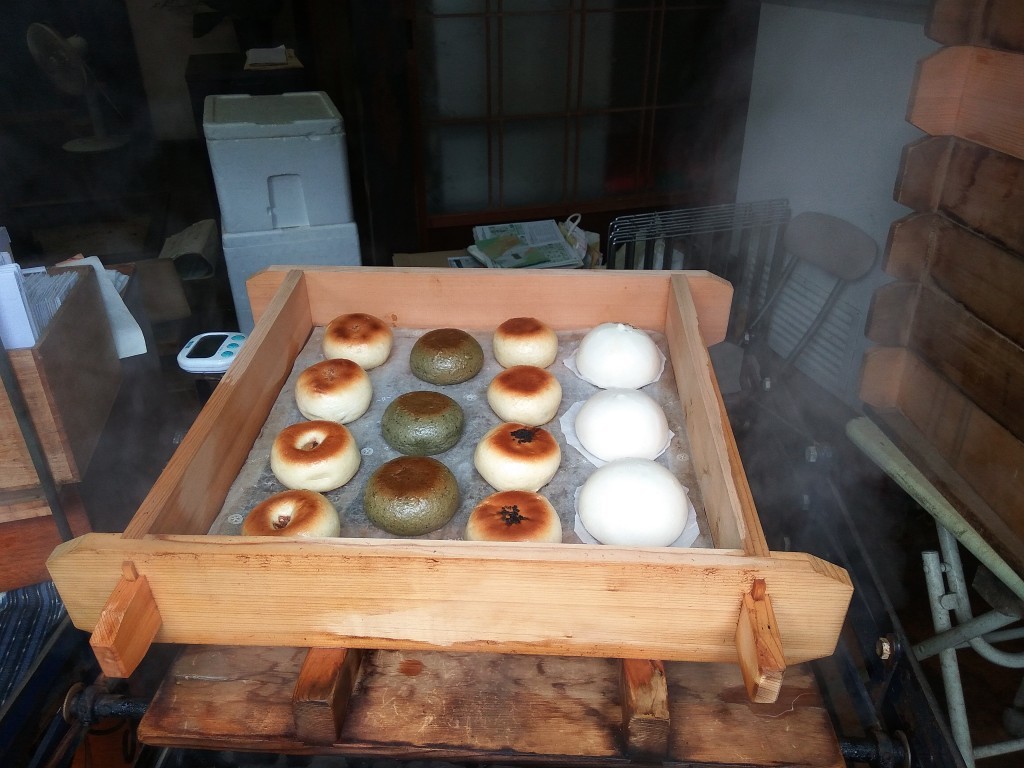
So let’s start with mochi. Actually, mochi is not only a kind of a dessert. It can be either sweet or savory, depending on the filling. As I wrote previously (Not sweet sweetes, that are Japanese sweets), mochi is a kind of a rice cake made of mochigome glutinous and sweet rice. That short-grain japonica rice gave also name to the whole set of cakes. Mochi is a little bit chewy, soft and firm at the same time. There is plenty of different mochi, for example Daifukumochu (described above), Hishi-mochi, Daifukumochu or Kashiwa-mochi. Hishi-mochi is served during the ‘Girl’s Day’ festival and traditionally consists of three layers in different color (green, white and rose). Depending on the region, the number of layers may be up to seven, however the shape stays the same – a square-like. While Sakuramochi is a pink mochi with an anko filling and wrapped in a leaf, Kashiwa-mochi is a white one.
Warabi-mochi is not a real mochi, although the name might suggest so. It is different in its texture and ingredients. It is like a jelly. Transparent and a little bit sticky. Warabi-mochi is made of bracken flour and usually covered with soybean powder (Kinako), brown sugar syrup, sesame seeds or green tea powder. These toppings add extra sweet flavor, because as plain, warabi-mochi is rather unsweet. Warabi-mochi name derives from warabi starch, that is extracted from plants' roots. The whole process of making starch is long and time-consuming. That’s why warabi starch is often replaced by tapioca or sweet potato starch.
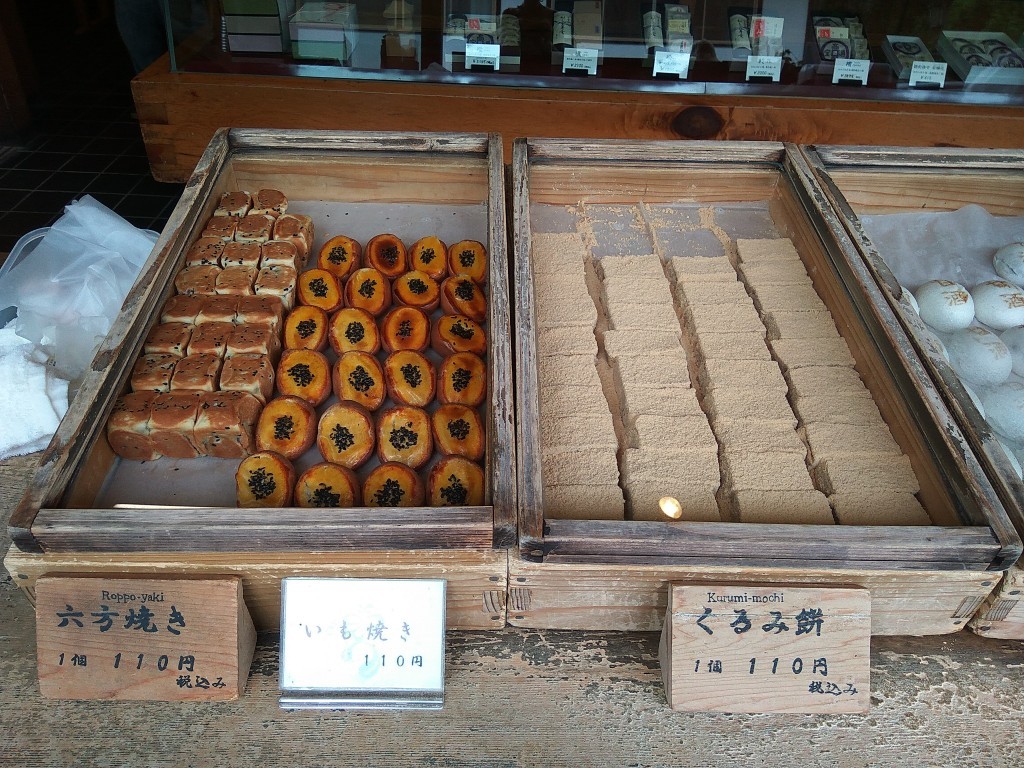
Another popular Japanese wagashi is a Melonpan. Melonpan is a kind of a bun with a thin, crispy topping. The shape and design of the upper layer resembles a cantaloupe melon. Originally, melonpan didn’t have a melon flavor. However, recently it has changed, and right now, a lot of bakeries add some extra flavor. Apart from the melon flavor it could be for example a maple syrup, caramel, chocolate or whipped cream.
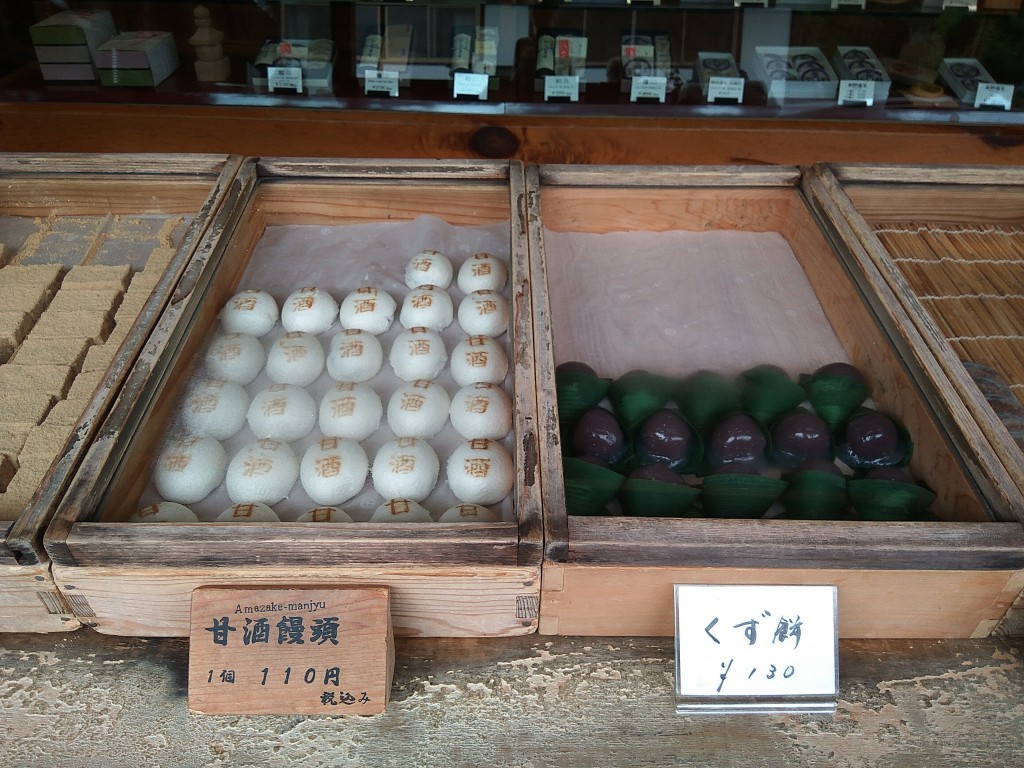
Manju is another kind of a Japanese bun. It is made from either flour or rice powder or from kudzu starch with sugar and water. Mizu-manju uses kudzu powder, what gives the bun the transparency. Usually Mizu-manju is filled with a sweet red bean paste – ‘anko’. Other varieties include, for example, matcha tea, peach or cherry blossom. Amazake manju is unique thanks to the flavor of amazake – sweet sake.
Little dumplings made from sweet rice flour are Dango. Small balls of dough are boiled, then put on a skewer and grilled. Dango can be flavored, topped or stuffed. Of course, very often ‘anko’ is used for the filling. For coloring, very popular is matcha tea powder. Dango is also sometimes served with sweet soy sauce or topped with a thicker red bean paste.
Then come crunchy and dry Higashi. Higashi is sweet, because it mainly consists of sugar and some kind of a flour – usually that is a rice flour, but it may also be a soybean flour, azuki flour or any other starch.
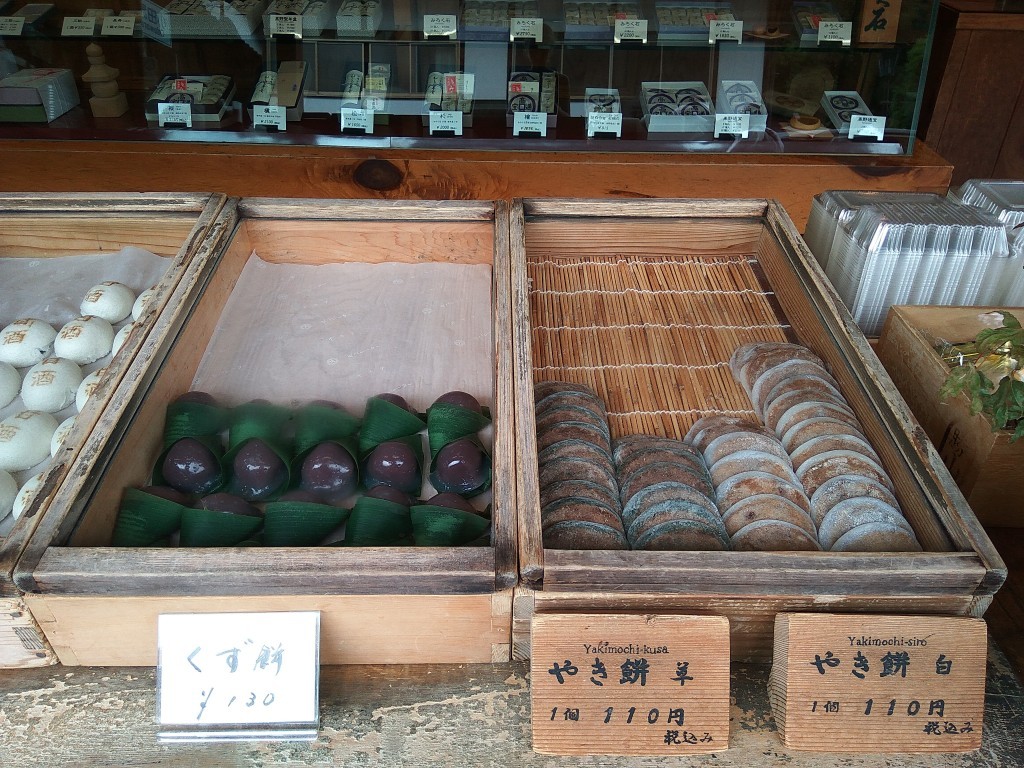
Chewy, grilled rice cakes are Yaki-mochi. These cakes are traditional Koyasan sweets. They are almost round, flat and are served mainly in two forms. The sweeter version is with sweetened soy bean powder – Kinako-mochi, while the savorier one is with sweet soy sauce and wrapped in seaweeds – Isobe-yaki.
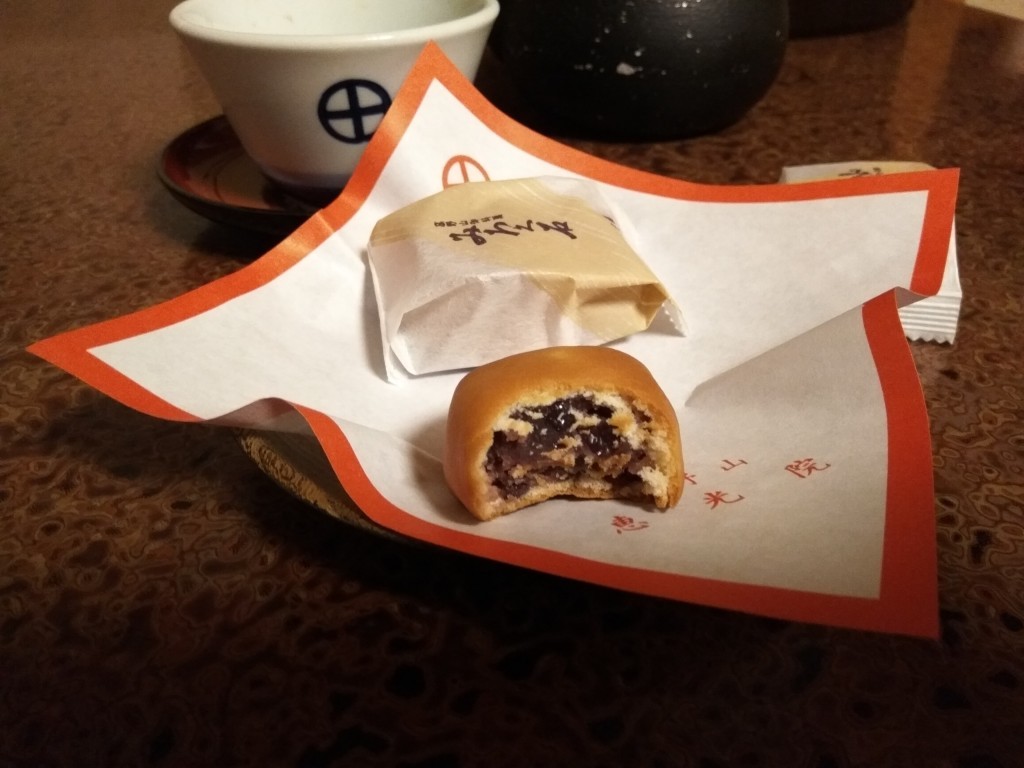
To other classical Koyasan wagashi we can include Hijiri Yokan jelly and Miroku-ishi. Miroku-ishi name for the sweet comes from the name of the stone found on the grounds of the Okunion Temple. These sweets are also very often served with tea in monasteries. Miroku-ishi is small, golden color, darker outside and pale inside. The filling is usually ‘anko’, but that’s not the rule. Miroku-ishi is soft, a little bit moisture, firm, but not hard. The Azuki sweet red bean paste is smooth, but still dense and with the wrapping dough form a solid little pastry. It tastes great with a little bitterness of a Japanese green tea.
Author: Beti – A passionate traveler and lover of Asian cuisine, especially Thai and Japanese dishes, Bernadeta brings her culinary and cultural experiences to life in her writing. Beyond her travels, she’s an avid technology enthusiast with a deep interest in data processing, merging her love for exploration with analytical insights.
Photographer: Adalbert – An aficionado of computers and photography, Adalbert captures the essence of diverse cuisines with a discerning eye. A connoisseur of rich flavors and particularly fond of meat-based dishes, he combines his technical skills with his passion for the culinary arts in every shot.

